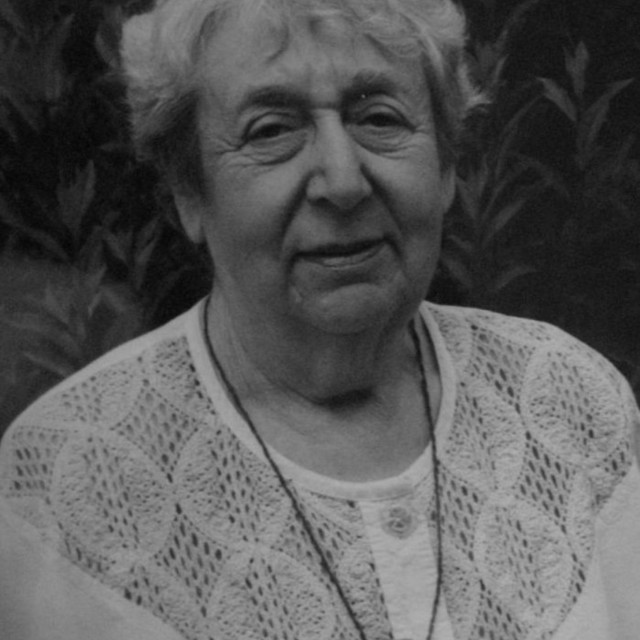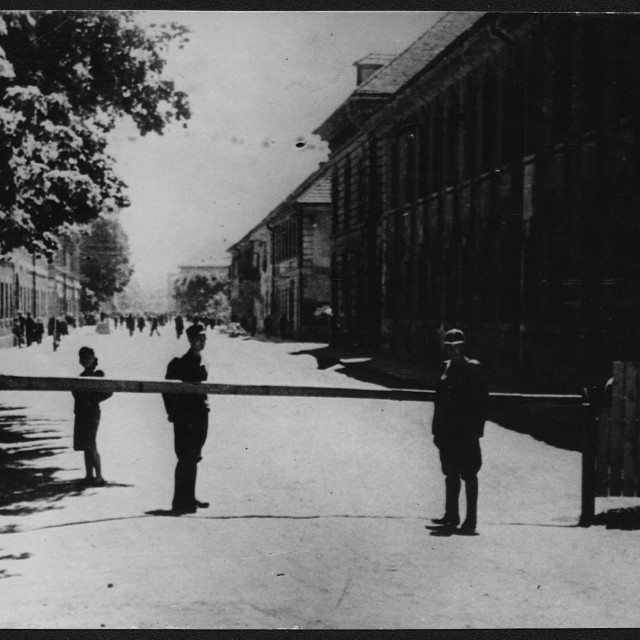Vyučovali nás tajně
Když paní Helga Hošková vzpomíná na část dětství, kterou za války strávila v Terezíně, s vděkem upozorňuje, že navzdory zákazu veškerého vyučování se našli odvážlivci, kteří děti tajně a v improvizovaných podmínkách učili. „Školní vyučování bylo v Terezíně přísně zakázáno. Jediné, co děti směly, bylo kreslit a, myslím, dělat nějaké ruční práce. Nebyly žádné třídy, tabule, učebnice, žádný materiál, sešity, tužky, přesto se vyučovalo. Všechny předměty. Tajně. Byli tam pedagogové z řad vězňů. Ale i lidé, kteří prostě měli vztah k dětem a kteří něco uměli a věděli. Přicházeli k nám a my se tajně učili.“ Během tajného vyučování stála vždy venku před barákem hlídka, aby varovala před příchodem nežádoucích hostů. Pokud se někdo blížil, ohlásila, že „jde návštěva“, což znělo zcela nevinně, ale děti věděly, že mají schovat kousky papíru nebo cokoliv, podle čeho by se dalo poznat, že se vyučuje. Terezínským pedagogům se říkalo „betreuerové“, opatrovníci. „Tihle lidé neměli žádné výhody. Když byl třeba někdo zaměstnán v kuchyni nebo v zemědělství, tak přeci jen přišel k nějakému jídlu. Ale tihle lidé za to neměli žádnou výhodu, nic. Jejich služby byly čtyřiadvacetihodinové. Bydleli s námi v těch dětských domovech, někteří dokonce spali s těmi dětmi na pokoji. Byly mezi námi i nemocné děti. I o ty se museli starat. Takže to byli opatrovníci, rodiče a ošetřovatelky.
Hodnocení
Hodnotilo 0 lidí
Routes
Not a part of any route.
Comments
No comments yet.









